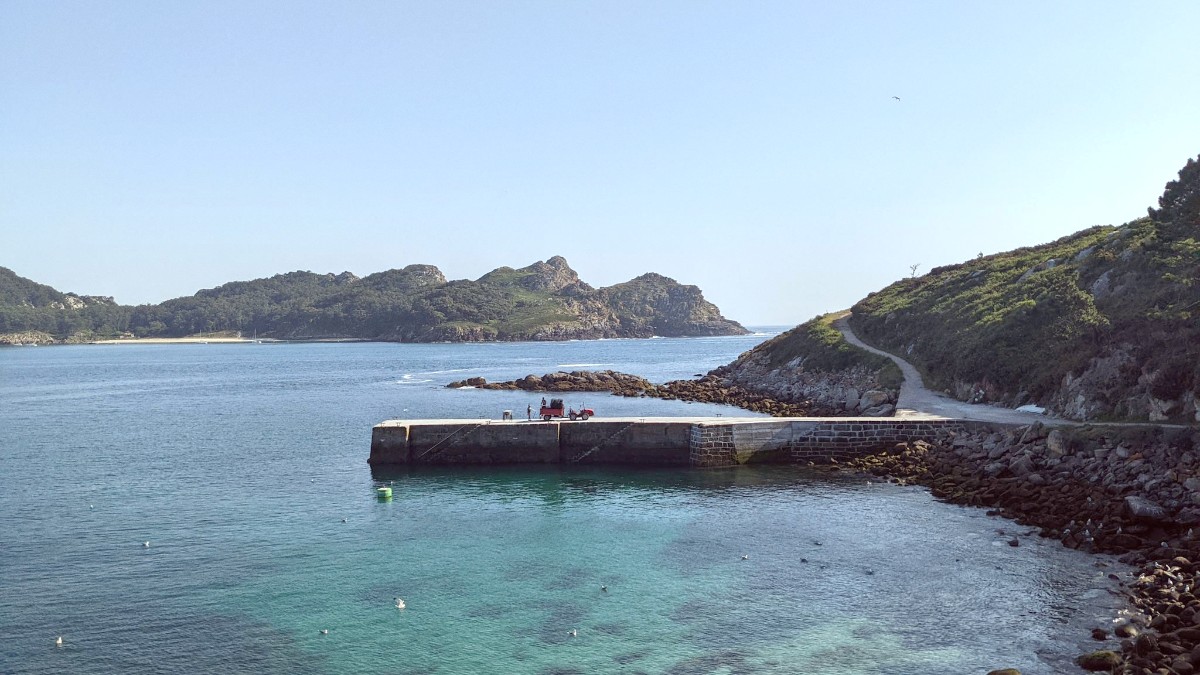
Spain
These are Vigo's most recognized sights, each displaying the city's past and present.
From ancient fortresses to bustling old quarters, these sites make up Vigo's identity.
Some streets are steep; comfortable footwear is advisable.
A prominent landmark within the Casco Vello.
Neoclassical church, a symbol of the city's religious heritage.
Open during specific hours for mass and visits. Entry generally free.
Admire its clean exterior. The interior shows religious art and altars.
Local listings for current opening times.
Vigo has a range of museums and cultural venues, from contemporary art to maritime history.
Museum of Contemporary Art, housed in a former prison. It displays temporary exhibits of modern art.
Dedicated to Galicia's maritime history, fishing traditions, and marine biology. Aquariums are a feature.
Houses the Vigo Public Library and cultural events. Focus on Galician culture.
An interactive museum focused on human communication, languages, and words. Engaging for all ages.
Check local tourism websites or museum sites for temporary exhibits, concerts, or cultural events. Vigo maintains a dynamic cultural calendar.
Entrance fees and hours vary by institution. Many have free entry days or specific times. Check official websites before your visit. Find museum tickets on GetYourGuide.
Vigo's history appears in ancient remains, architecture, and monuments.
Vigo's Ría location leads to many natural beauty spots, from parks to coastal landscapes.
Beyond the main tourist path, discover Vigo's charming, lesser-known spots.
Vigo's history is evident in its ancient remains, architectural heritage, and significant monuments.
Vigo's setting on the Rían enables many nature experiences, from city parks to stunning coastal landscapes.
The Cíes Islands are a centerpiece of the region's natural beauty.
Parque do Castro (views), Parque Quiñones de León (formal gardens), Alameda de Praza de Compostela (promenade).
Mirador do Castro (best city/ría/Cíes views), Mirador de A Guía (industrial port views).
Samil Beach (urban, popular), Praia de Rodas (Cíes Islands, stunning white sand).
Cíes Islands act as a bird sanctuary. Large colonies of seagulls and cormorants are present. Birdwatching areas are designated. Dolphins sometimes appear in the Ría during ferry trips.
Explore Cíes IslandsThe historic fishermen's quarter next to Casco Vello. Traditional arcaded houses built close to the water. An active fishing district, it shows authentic maritime life.
Locate O BerbésA private ethnographic museum displaying Galician traditional crafts, tools, and daily life from past centuries. It offers insight into local customs and heritage.
Find Museo ListeA bustling local market where you find fresh produce, meat, seafood, and flowers. Locals shop here, providing an authentic atmosphere away from main tourist crowds.
Visit Mercado do CalvarioFind the whimsical "Dinoseto" (dinosaur bush sculpture) in the city center, a popular spot for quirky photos. It is a local favorite.
Locate DinosetoVigo's history as a port city and strategic location is evident in its industrial and military sites.
Public sculptures and monuments throughout the city reflect different aspects of its character.
Vigo is a city that rewards exploration, from its historic core to its sweeping natural vistas.
Allocate enough time to fully immerse yourself in its many sights. Wear comfortable shoes and stay hydrated.
Venture beyond the main tourist circuit to uncover Vigo's lesser-known but equally charming spots.
Experience authentic local life by visiting places where residents conduct their daily activities.
Find unique photographic opportunities and less crowded natural settings.
Dive into Galician culture and history beyond the main tourist sites.
These experiences offer a richer perspective on Vigo's heritage.
Discover quieter beaches and scenic vistas by exploring coastal paths beyond the city's main areas.
A peaceful escape from urban areas.
Consider nearby destinations that offer distinct historical or natural wonders, often less frequented by tourists.
These locations are accessible by car and make rewarding half-day trips.
Allow ample time for each attraction, especially Monte do Castro and the Casco Vello, to fully immerse yourself.
Wear comfortable walking shoes. Many historical areas involve steep hills or cobblestones.
Consider a local guide for historical context in the Old Town or specific museums.